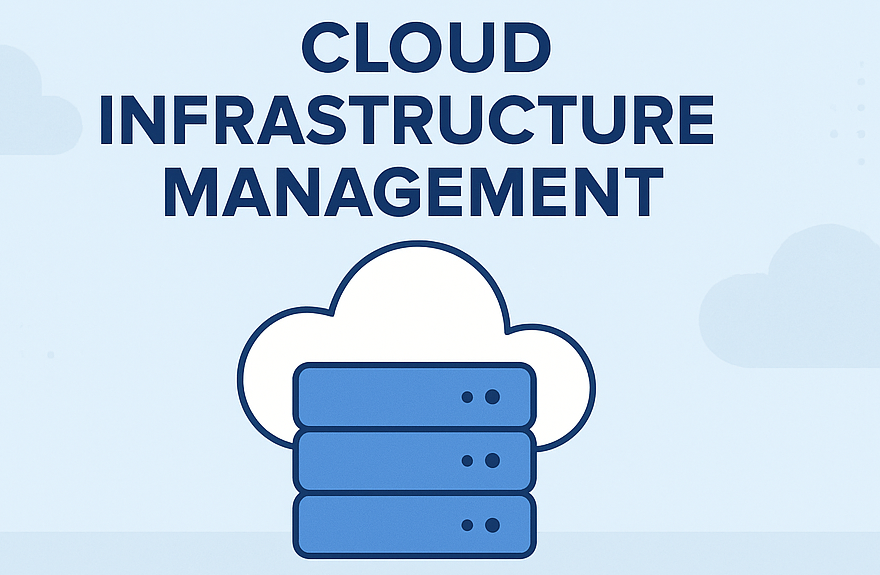
Introduction
In the constantly evolving realm of cloud computing, effective monitoring and management of health, performance, and security are paramount. Amazon CloudWatch, a service developed by AWS, addresses these needs by collecting and monitoring application data. In this blog, we’ll delve deeper into Amazon CloudWatch, exploring its features, benefits, functionality, and more.
What is Amazon CloudWatch ?
Amazon CloudWatch is a service developed by AWS for monitoring and observability. Amazon CloudWatch enables users to collect and track metrics, monitor log files, set alarms, and automatically react to changes in AWS resources. By providing data and insights, Amazon CloudWatch helps users understand how their applications and AWS infrastructure are performing. Moreover, it seamlessly integrates with various AWS services to provide a comprehensive monitoring solution.
Features of Amazon CloudWatch
-
- Metrics Monitoring : CloudWatch enables real-time gathering and tracking of diverse metrics from AWS services like EC2 instances,S3 buckets and more.
-
- Custom Metrics: Users have the capability to publish custom metrics to CloudWatch, facilitating the monitoring of application-specific metrics and KPIs.
-
- Logs Monitoring: CloudWatch Logs enables users to collect, monitor, and analyze log data from AWS resources and applications.
-
- Dashboards: Its Dashboards allow users to create customizable dashboards to visualize metrics and logs from different AWS resources and applications in a single view. Users can create graphs, charts, and widgets to monitor key metrics and trends.
-
- Alarms: CloudWatch Alarms enable users to set up alarms on metrics to automatically trigger actions when certain thresholds are breached. These actions can include sending notifications via Amazon SNS, triggering AWS Lambda functions, or autoscaling AWS resources.
-
- Events: CloudWatch Events enable users to respond to changes in AWS resources and applications by automatically triggering actions in response to events. Users can create rules to match events and define targets such as AWS Lambda functions, SQS queues, or SNS topics.
Benefits of Amazon CloudWatch
-
- Real-time Monitoring: CloudWatch provides real-time monitoring of various metrics, allowing users to gain insights into the performance of their AWS resources and applications.
-
- Scalability: It scales with your AWS infrastructure, allowing you to monitor and manage resources regardless of size or complexity.
-
- Automation: It enables users to automate responses to events and changes in their environment, improving operational efficiency and reducing manual intervention.
-
- Cost Optimization: By monitoring resource usage and performance metrics, CloudWatch helps users identify opportunities to optimize costs by right-sizing resources and improving efficiency.
-
- Alerting and Notifications: CloudWatch allows users to set alarms on metrics and receive notifications via various channels (e.g., email, SMS) when thresholds are breached, enabling proactive issue resolution.
-
- Integration: CloudWatch integrates with AWS services for streamlined monitoring and management of the entire infrastructure from a single console.
How Amazon CloudWatch Works?
Amazon CloudWatch aids users in monitoring the operational health, performance, and security of applications or resources by collecting and processing data. Here’s a general overview of how it works:

-
- Data Collection: CloudWatch collect monitored data from AWS services such as EC2, RDS, Lambda, and S3 in the form of metrics, logs, and events which providing details on resource usage, system metrics, logs, and events.
-
- Metrics Monitoring: CloudWatch regularly collects metrics data and stores it, offering insights into AWS resource and application performance and health.
-
- Logs Monitoring: CloudWatch Logs captures real-time log data from AWS resources and apps, which can be streamed directly or via agents or SDKs. Log data is stored securely and can be searched, filtered, and analyzed.
-
- Events Monitoring: CloudWatch Events tracks changes in AWS resources and apps in real-time, allowing users to create rules to trigger actions based on specific event patterns.
-
- Alerting and Notification: CloudWatch Alarms let users set up alerts on metrics to trigger actions when thresholds are exceeded, such as sending notifications via Amazon SNS or triggering AWS Lambda functions.
-
- Visualization and Dashboards: In addition, CloudWatch offers customizable dashboards where users can create widgets to visualize metrics, logs, and other monitoring data, providing a single view for effective monitoring.
-
- Integration with AWS Services: CloudWatch seamlessly integrates with various AWS services, making it easy to monitor and analyze metrics and logs across a wide range of AWS resources and applications without extra setup.
Conclusion
Amazon CloudWatch serves as the backbone of effective monitoring and management within AWS environments. Additionally, CloudWatch’s features, like real-time metrics, logs, and proactive alerting, integrated seamlessly with AWS, are essential for businesses in cloud computing. By using CloudWatch, organizations can optimize infrastructure, ensure application reliability, and drive digital success confidently.
Also read our blog post on Amazon EC2
What’s Next ?
“We’re here to support you! Should you have any questions or need assistance, don’t hesitate to get in touch with us. Contact us at info@uranuscloudsolutions.com and we’ll be happy to help. Your satisfaction is our priority!”.


